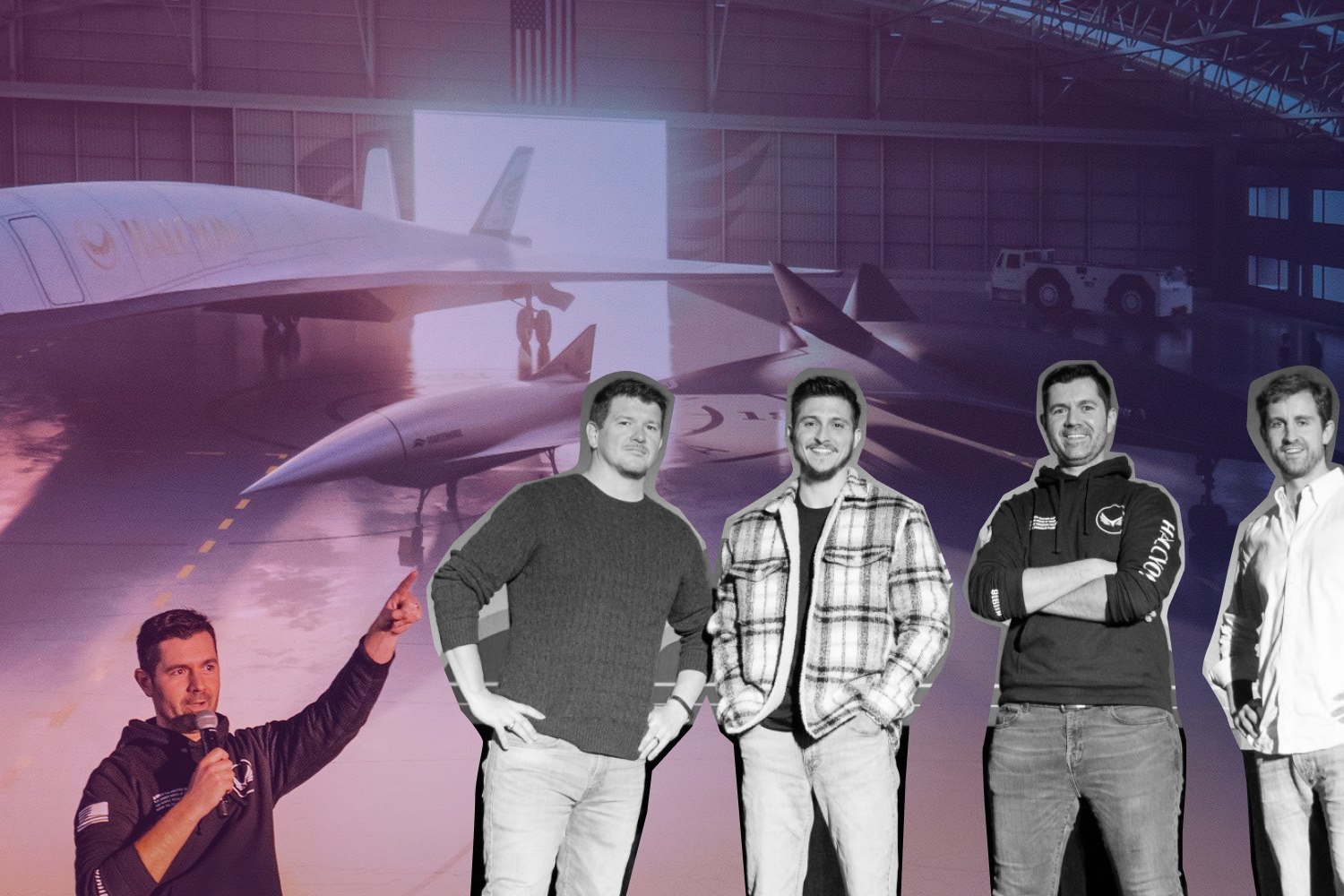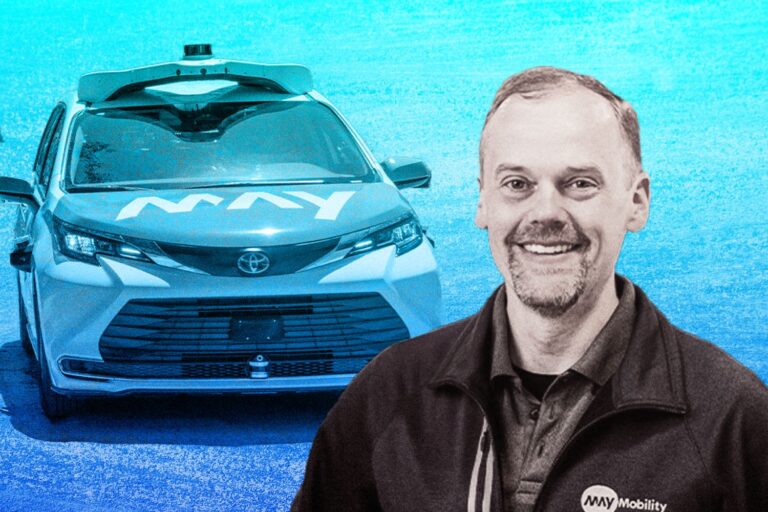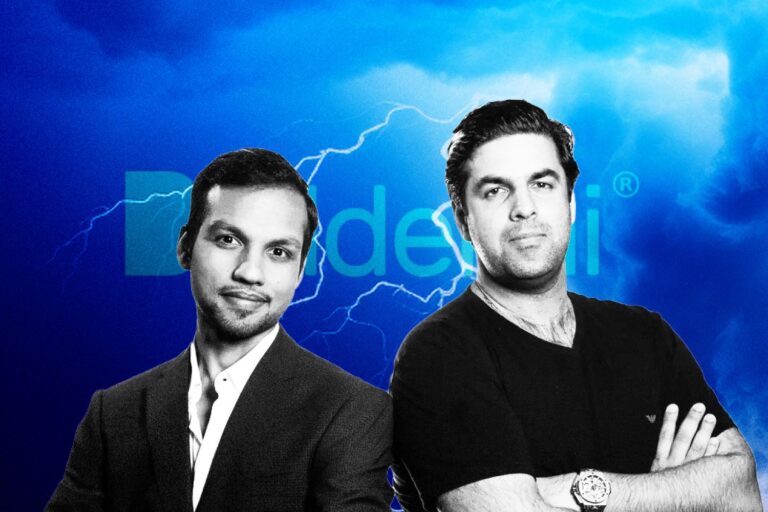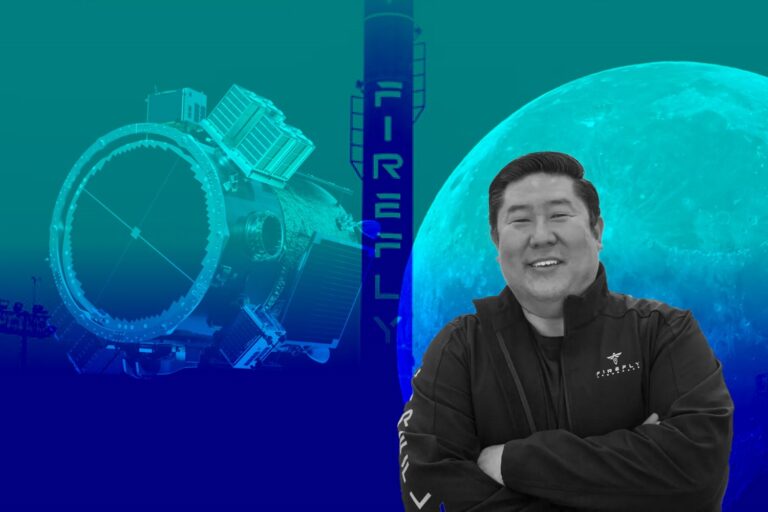Hermeus Free Fall – Jump off the Cliff and Take the Leap
Hypersonic technology isn’t entirely new. The X-43A achieved hypersonic speeds, and the U.S. is working on hypersonic missiles traveling at over 6,000 miles per hour. A hypersonic jet could circle the Earth in around 7.5 hours, compared to a 6-hour, 40-minute commercial flight from Miami to Seattle. At hypersonic speed, this trip would take just 50 minutes, or 26 minutes with the X-43A.
Imagine using these planes in aviation, it’s going to open the door to a new era. However, there are too many roadblocks get in the way of carrying passengers in a hypersonic plane, like the capital intensive, brain injury…
At the point where everything seemed to be hopeless, there was a “fool” jumped into the hot boiled pool, trying to find the key to the problem. That is Hermeus, they’re developing Mach 5 aircraft to connect people faster and bring much needed innovation to commercial flight.
Now in order to understand Hermeus, let’s go all the way back to its initial days.
Hermeus – From a Cold Call to a Big Deal
AJ Piplica loved aircraft from a young age, specifically, he loved the idea of aircraft being used to transport people.
“Loved the future, like as a huge, you know, sci-fi fan—Star Trek and Star Wars, a thing that, like, always stuck from me from just those universes that, that people imagine was like transportation is such a major plot point that nobody even thinks about,” AJ said.
He added, “It’s like, Oh, we got these spaceships that just fly all over the universe. It’s like, okay, what’s like the closest thing to that in the world that we have today? It’s like, well, airplanes, rockets, space stuff. And I got to find a book about, you know, spacecraft, space, frozen whatnot. I’m like, Well, this, uh, looks nothing like the Star Trek thing, but still pretty cool.”
After he graduated high school, he went to study aerospace engineering at Georgia Tech. As a grad student, he worked at the NASA Johnson Space Center in Houston as an aerodynamicist. AJ knew he wanted to do something historic, but he still needed to find that first opportunity.
AJ, a passionate aerospace enthusiast, pursued aerospace engineering at Georgia Tech. His journey into the world of hypersonics began when his parents, on the way to get Bill Nye the Science Guy’s autograph, connected him with the CEO of Space Works.
A simple cold email led to a summer internship, ultimately evolving into a full-time leadership role within a subsidiary of the company, showcasing AJ’s determination and path to making a mark in the aerospace industry.
In August 2015, AJ’s company, Generation Orbit, ventured into the hypersonics business after securing a U.S. government grant. Their mission was to develop the world’s first commercially available hypersonic test bed. This grant provided AJ with additional resources, enabling him to expand his team by hiring more staff.
AJ expanded the team by hiring Glenn, who came from Blue Origin, and Skyler, who had experience with internships at SpaceX. Initially, it was just AJ, Glenn, and Skyler for a few months.
Later, Mike joined the team after AJ noticed that Mike’s dissertation for his PhD aligned closely with their work, and he reached out on LinkedIn, intrigued by Mike’s background in small satellite launch, which combined rocketry and hypersonics, a perfect fit for their mission.
4 Fighters Bleeding in the Trenches For Years
The team collaborated for about three years, each specializing in various aspects of their project. They handled systems engineering, propulsion, structures, avionics, and software. Together, they shared a dream of building a hypersonic plane.
Although the definition of supersonic speed is unambiguous—flying faster than the speed of sound—the beginning of hypersonic flight has no clear boundary. Mach 5 is generally accepted as the transition point from supersonic to hypersonic flow, but it is less clearly delineated by a speed boundary than a thermal boundary.
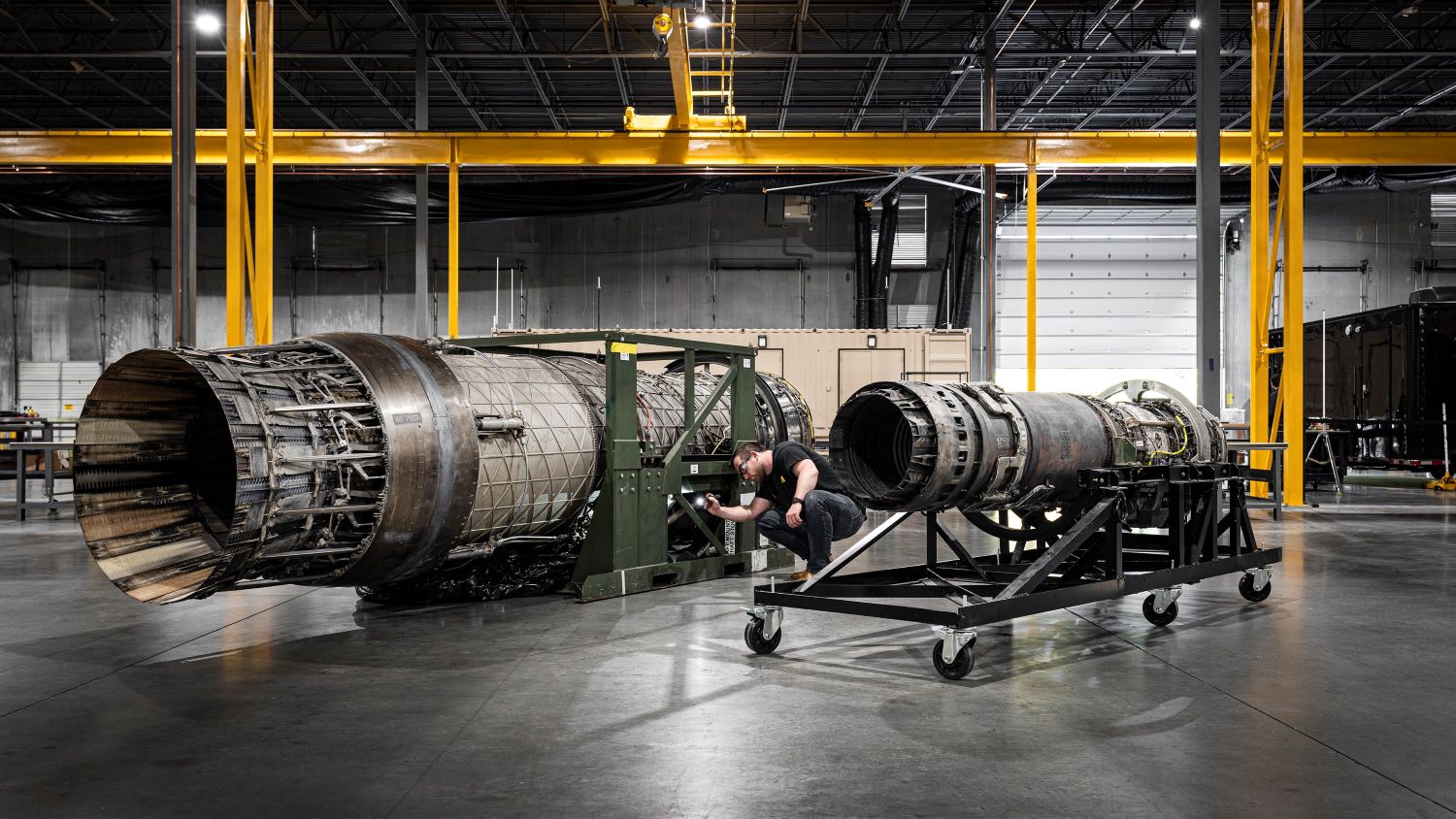
Air passing over a vehicle traveling at hypersonic speeds becomes hot enough from shock compression and viscous dissipation to change its thermodynamic and chemical nature. The onset of these changes depends on several variables, including vehicle geometry.
AJ and his team had entered the aerospace industry, built innovative projects and got paid for it. However, they aspired to create something larger. While Hypersonic aircraft like the X-15 and Boeing’s x-20 existed, none had ever carried civilian passengers, despite the technology being ready for prime time.
“You could build a Mach 5 reusable vehicle, with today’s technology, if you frame the problem correctly,” Mike Smayda Stated.
To bring their vision to life the squad knew they had to venture out on their own.
This meant leaving their well-paying jobs and starting from scratch. They made the decision to take a leap of faith and, as AJ put it, “jump off a cliff and build an airplane on the way down.”
With a six-month timeline, they aimed to turn their idea into a viable business. They focused on building a prototype engine, estimating costs and timelines. While they acknowledged some pseudo-competitors in the high-speed technology field, they sought to differentiate by using readily available fuels.
On the way down, they were not only combining existing technologies in innovative ways to achieve their long-term vision, but also mapping out the necessary technology and business steps for success and fundraising.
These guys thought they had a solid business plan, so they applied to Y Combinator.
As shared by Skyler Shuford, “We didn’t come from the startup world, and we didn’t know how to raise Venture Capital. We didn’t have connections like a network in the Venture Capital world, so we’re like, we just got to start with the name brand and see what happens.”
When pitching the idea of Hypersonic airplanes, AJ and his team often faced skepticism due to prevailing opinions, such as the failure of the Concorde or comparisons to Elon Musk. They had a mere five minutes to educate and convince others.
Many venture capital firms, given the capital-intensive nature of aerospace projects, were not suitable partners. Y Combinator, however, showed interest and even granted Hermeus a second interview, an uncommon occurrence.
Unfortunately, YC eventually declined to invest, leaving AJ and his co-founders disheartened. It seemed like their dream might remain just that, but they decided to take one final shot at making it a reality.
One Final Thrust – Decoding Hypersonic Secrets
In early 2019, Hermeus was making significant progress and discussing potential term sheets with a firm. However, things took an unusual turn when they started receiving strange questions from the firm, like concerns about passengers getting concussions and worries about engines causing fires.
Despite this setback, their board of advisors validated their work, affirming they were on the right track. Then, in the middle of a meeting, they received an email from the firm, stating they were no longer interested, leaving them on the verge of despair.
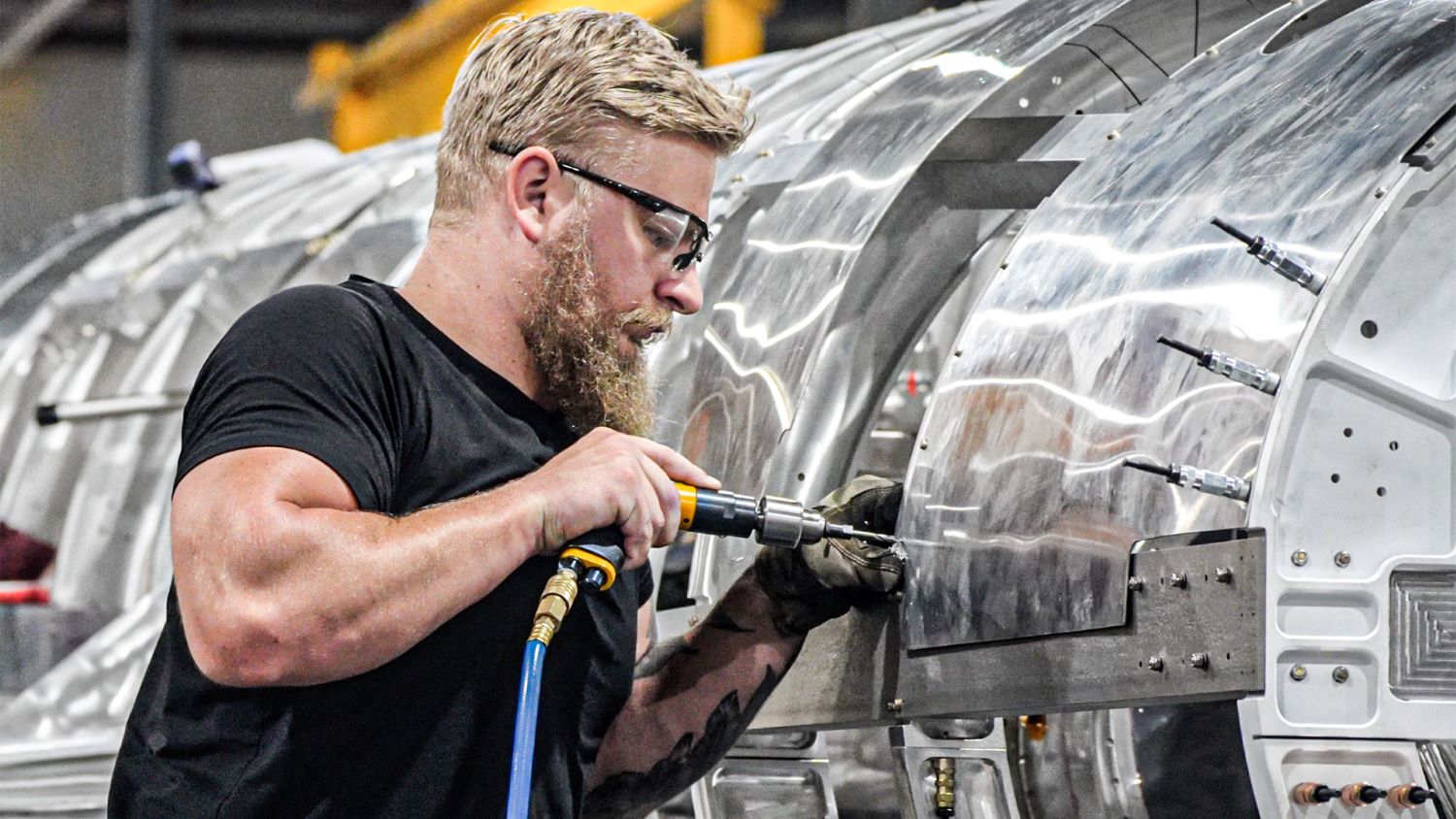
As they neared their six-month deadline, they contemplated giving up and even explored less serious business ideas. However, just when things seemed bleak, Coastal Adventure contacted them for a meeting, rekindling their hopes. Two weeks later, they found themselves in a meeting with Vinod Khosla, who understood that Hermeus aimed to leverage existing technology rather than reinvent the wheel.
He said, “Most people attempting something like this are talking about multi-billion dollar engine design and a decade or more of huge uncertainty. Hermes said there’s a very short path to proving the key risks out and then going to market, especially in the National Defense context.”
With just hours to spare, the funding from their first round finally hit their bank account, around 6 to 10 p.m. on the last day of that six-month deadline. With the capital secured, it was officially time to commence the journey of building their hypersonic plane.
Enter a Growth Tear – Way to Dominate the Game
Hermeus faced the classic tech company dilemma of whether to build or buy components. Given their goal of creating an entirely new type of aircraft while minimizing risk, they chose to modify an existing jet engine.
This approach required them to first learn how to operate a jet engine and then adapt it with their specific hardware. The team initially operated with intense hands-on involvement, gradually building up to a team of about eight people.
In the seed round, they demonstrated their capability to take a commercial jet engine, remove its afterburner, install their own afterburner, and run it at significantly higher speeds than it was originally designed for.
In October 2020, Hermes raised a $16 million Series A round. The company’s next step was even bigger: to take the subscale engine they had built and create a full-scale version called Chimera.
Chimera is what’s called a turbine-based combined cycle engine, which means it’s essentially a hybrid between a turbojet and a ramjet.
Let’s break down the difference between a traditional jet engine and a ramjet. The typical jet engine uses compressed air and fuel to generate high-velocity exhaust. It can increase power slowly to allow for takeoff and landing. Ramjets, on the other hand, have no moving parts and instead rely on forward motion to compress air for combustion. This means they require external boost to start working, which is why they’re usually launched from planes or rockets.
Hermes combined these two technologies to allow the engine to take off from a standstill and then transition to ramjet power once the aircraft is traveling fast enough. So, it’s both a jet engine and a ramjet, hence the name Chimera.
“How we transition from a turbojet engine at low speed to a Ramjet engine at high speed, that’s something that’s never been done in flight,” said Mike Smayda.
The Hermeus team employed modern manufacturing techniques like 3D printing to expedite their development process. Their efforts paid off, and they successfully created the Chimera engine in a little over a year.
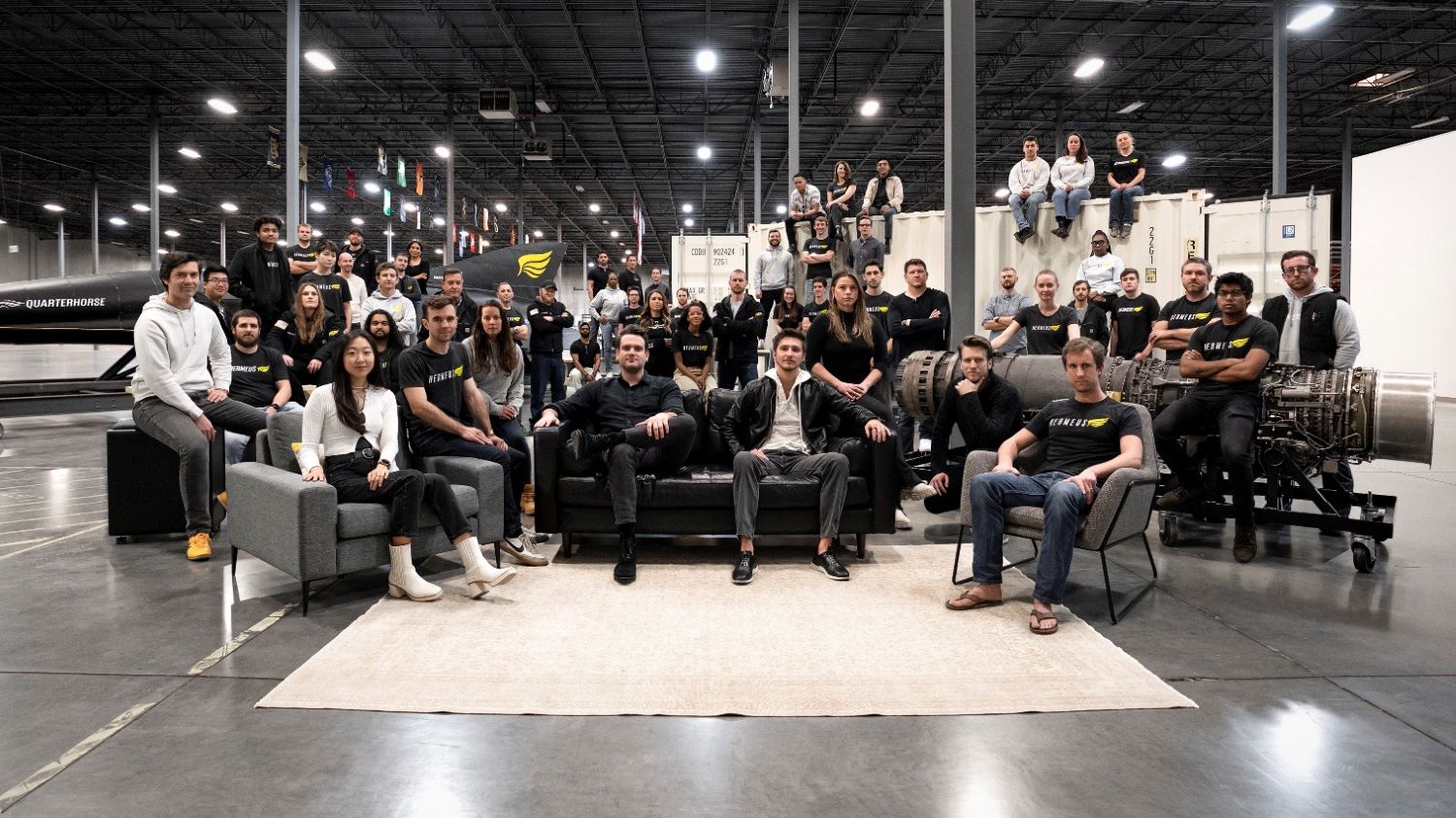
Even so, building the engine was only part of the challenge; they needed to demonstrate its functionality. With only one hypersonic wind tunnel in the United States, located at NASA, which had seen limited use in the past decade, they knew they had to move quickly.
The team contracted with Notre Dame’s turbo Machinery laboratory and conducted their tests there.
Fortunately, the initial test was a significant success, proving the viability of their hybrid concept. This demonstration substantially reduced the risk associated with their technology, and it paved the way for their Series B funding round, led by Sam Altman.
With the Series B funding, they were able to accelerate their efforts and make significant progress on their Quarterhorse.
Quarterhorse is a remotely piloted high-speed aircraft. Like its namesake, the American Quarter Horse, it excels in sprinting short distances.
The goal of Quarterhorse is to validate their Chimera engine in-flight and touch Mach 4+ speeds – breaking the nearly 50-year-old airspeed record held by the legendary SR-71.
Their Quarterhorse prototype was a big achievement, and it brought them a step closer to realizing their Grand Vision. But the journey toward a fully functional aircraft was still far from over.
Skyler said “You know, that’s a pretty well-solved problem at this point. What is not as well solved is how fast we have to take off and land. So, you can’t have big wings; you want things that are low drag to be able to push that speed up and up and up. And that’s really the opposite of what you want when you’re landing. So being able to thread that needle is where we’re kind of focused.”
The real challenge is building the machine that builds the machine. It’s not enough to build one plane; they need to scale their operations so they can efficiently produce tons of these aircraft.
“Our initial tale of the quarter horse is really the one where we’re testing out the team coming together, working with the manufacturing team, integrating the engine, and really testing every subsystem that we have. We aim to bring as many learnings as possible to the table,” Antony Samual, lead avionics engineer said.
Glenn Case added, “We can’t lose sight of the fact that we need to build hardware, we need to go test it, and then iterate. We need to change the way that we, as a country, design these types of aircraft. We’ve done that with rockets; we’ve figured out how to do that. But we haven’t done that yet with aircraft.”
Releasing a new aircraft within a cadence of less than a year represents the level of iteration necessary to effectively address the challenges at hand. This rapid iteration process demands significant resources but dramatically accelerates development. Currently, the team regards Quarterhorse as primarily a prototype. However, their next step catapults them into the major leagues.
The renders depict Dark Horse, their next-generation hypersonic aircraft. While the team’s overarching goal is to revolutionize passenger travel, Dark Horse holds enormous military potential as well.
The Sidekick – Get the Military the Strong Deterrence
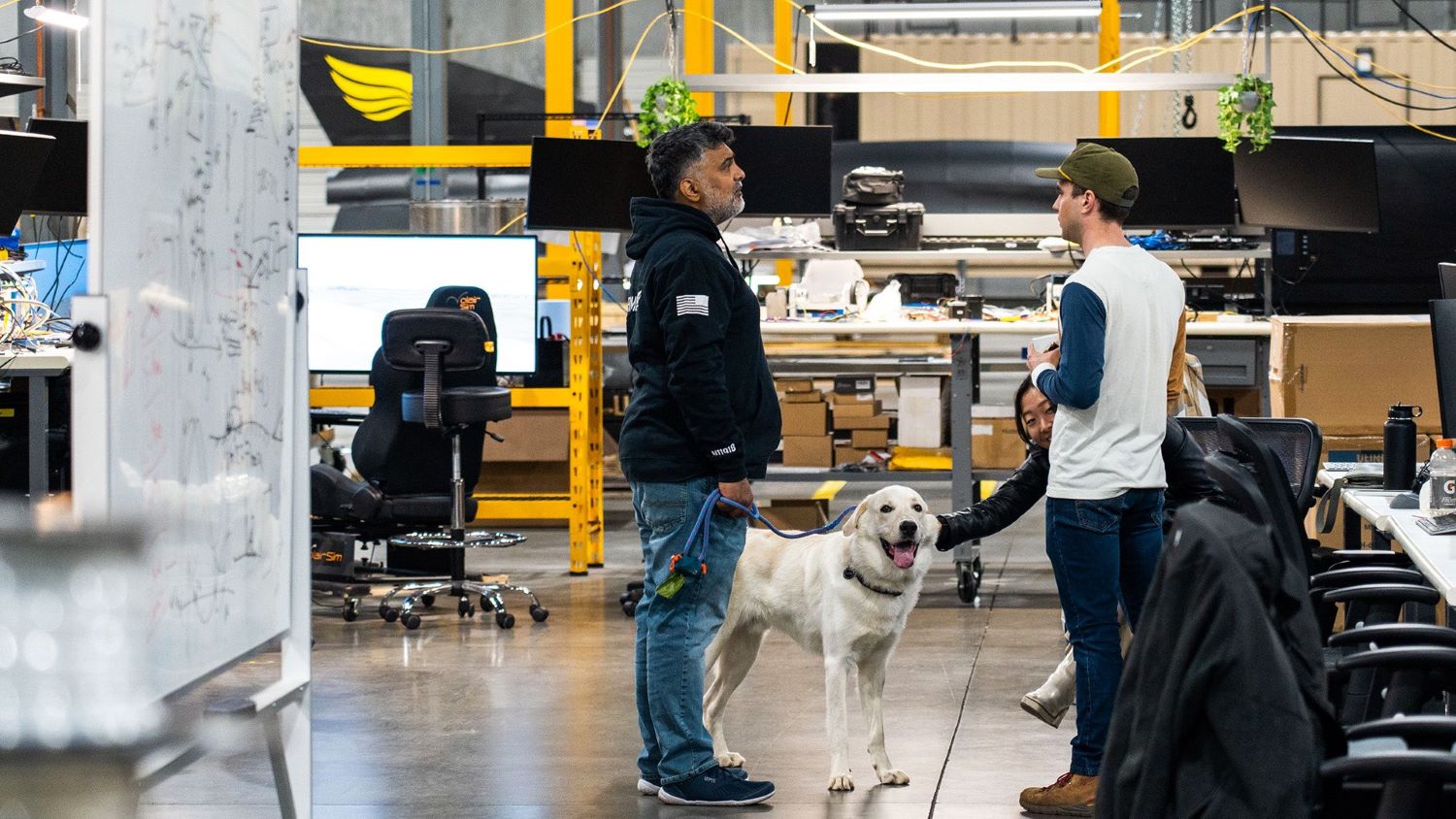
Weapons offer massive advantages in terms of speed and maneuverability. Because of the name, people always focus on how fast the weapons travel. But we’ve had ICBMs for decades, and those re-enter the atmosphere at hypersonic speeds.
What’s crucial about hypersonic weapons is that they can fly closer to the Earth. This means they can hide below the horizon, reducing the time before radar can detect them and making them much harder to shoot down.
America’s two biggest rivals, China and Russia, are investing heavily in hypersonic technology. China is fielding hypersonic anti-ship weapons to prevent American aircraft carriers from coming within a thousand miles of Chinese shores, as part of their area defense approach.
Russia is trying to maintain its role as the second-largest arms supplier in the world, and a big part of that is advancing the narrative of having very modern weapons that people will want to pay top dollar for.
The United States and many other countries have developed air-launched ballistic missiles, but they don’t use them because there’s no way for a defender to discern between an inbound ballistic missile with a nuclear warhead on board and one without.
In this scene, the first application we’d see for a platform like Dark Horse at Hermeus would be ISR (intelligence, surveillance, and reconnaissance).
“There are two key attributes to Dark Horse. Number one is responsiveness, which means flying very fast over long distances. In the Pacific Theater, this theater is characterized by long distances. The other piece is taking action in contested environments. So, can you be survivable enough to not get shot down?” stated AJ.
The United States and most other well-developed militaries in the world are trying to network everything. That’s where hypersonic aircraft could either fill that role or they could rapidly deploy communication nodes.
Reusable hypersonic aircraft would end the hypersonic arms race. Winning this arms race wouldn’t stop China and Russia from continuing to invest in their own military capability, but it would provide the US and its allies with a strong deterrence. Deterrence is the best tool we have to prevent wars from breaking out.
The Passenger Hypersonic Revolution – A Second Wave
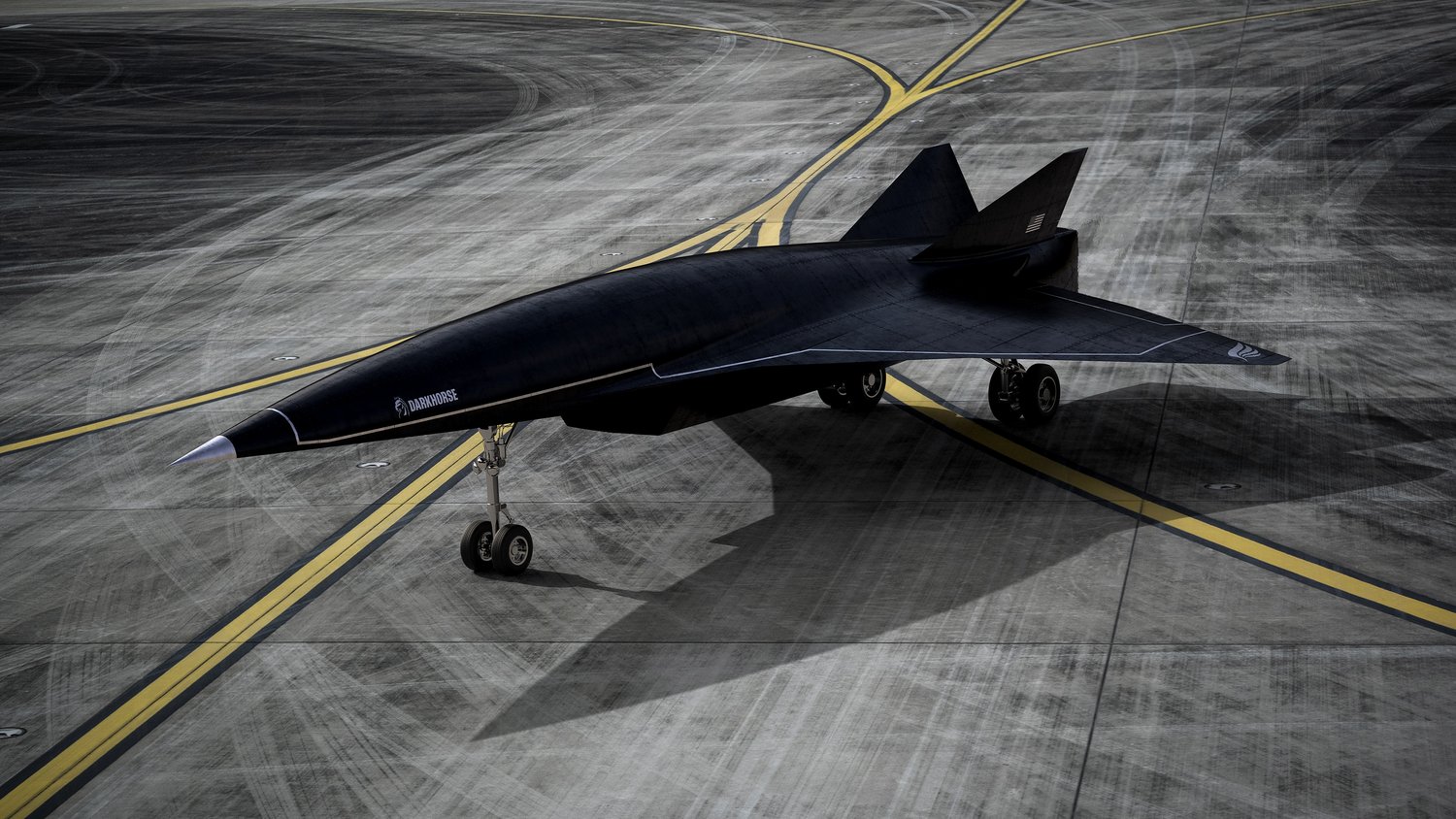
“Seeing this resurgence of interest in hypersonics at the defense level, I think that is more driven by some geopolitical events where there’s now this renewed interest in hypersonics. This resurgence is really unlocking the type of technology that we want to be developing, which serves a great purpose on the defense side. It also leads into what that commercial vision is.” Said Athony Samual.
After Dark Horse, Hermes is planning to build Halcyon, a commercial aircraft that can fly 20 people from New York to Paris in 90 minutes. How airlines differentiate their products is through comfort and luxury, but there are way better ways to spend extra resources that can produce more for a broader scope of people, and that comes down to speed.
Halcyon has the potential to transform travel, trade, and diplomacy, and if it did, then it would totally transform the way we live our lives.
When you talk about using resources for speed on a global scale, you unlock the latent potential of humanity in both the social and economic sense. In economic terms, speeding up the world by 5X would drive global GDP growth by two and a half percent a year, totaling four trillion dollars a year.
AJ Piplica and his co-founder started Hermes because they wanted to create the biggest paradigm shift in aviation for more than 50 years.
Hypersonic missiles very likely won’t change the world, but Hypersonic Aviation very likely will. In order for their dream to become a reality, three things needed to come true: the technology needed to be feasible, they had to attract private capital, and they had to successfully sell the US government to avoid the Valley of Death.
In the process, they might just have given the US and its allies a big advantage in the Hypersonic arms race. So far, they’ve succeeded, but there’s still a long way to go.

